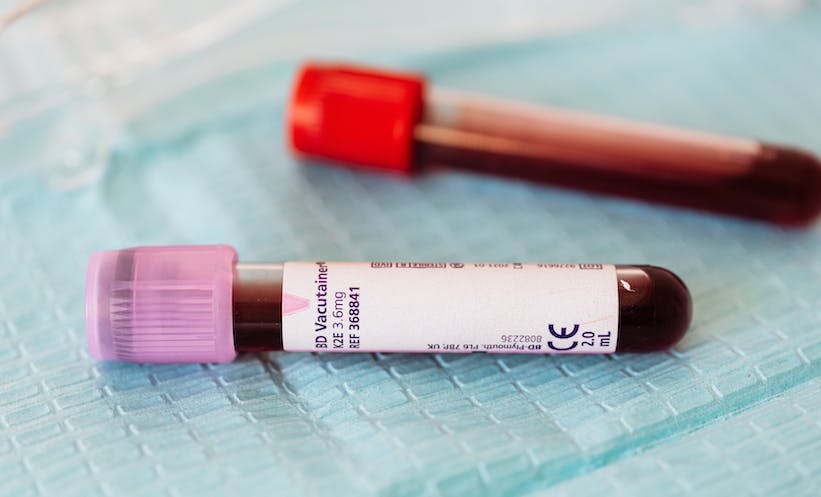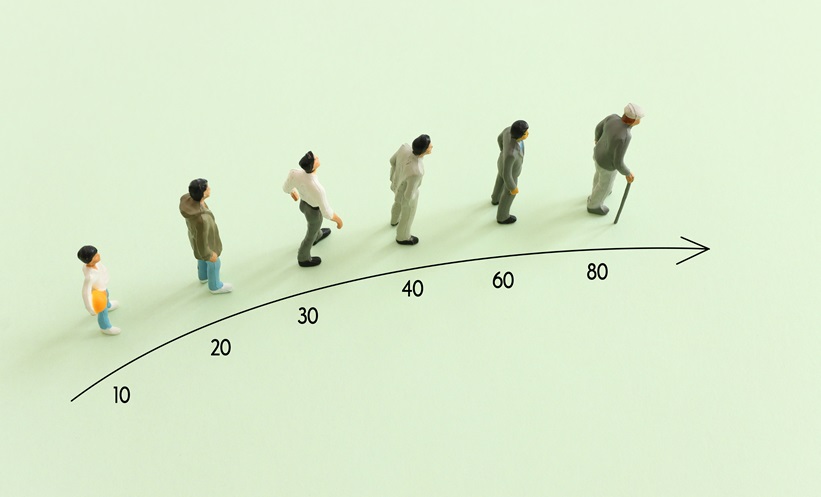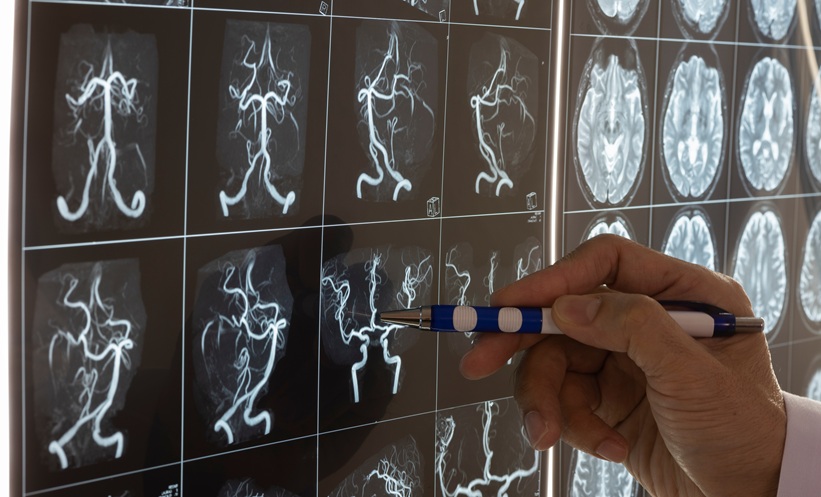ACCORDING to new research, elevation of serum neurofilament light chain (NfL), a biomarker of neuroaxonal injury, can predict disability worsening in multiple sclerosis (MS) within 1–2 years.
The researchers conducted an observational study that included more than 1,800 adults with MS from two study cohorts. Data was extracted from the Expression, Proteomics, Imaging, Clinical (EPIC) study at the University of California San Francisco, USA, from 3,906 visits for 609 participants (median age: 42 years; 69.6% female) and the Swiss Multiple Sclerosis Cohort (SMSC) from 8,901 visits for 1,209 participants (median age: 41.2 years; 65.9% female).
The objective was to determine whether, and when, NfL levels were elevated in the context of confirmed disability worsening (CDW). CDW was defined as Expanded Disability Status Scale (EDSS) worsening confirmed after 6 or more months, and classified into CDW associated with clinical relapses (CDW-R), or CDW independent of clinical relapses (CDW-NR). Visits were classified as CDW(-2) for two visits preceding a first diagnosis of EDSS increase; CDW(-1) for one visit directly preceding a diagnosis of EDSS increase; and CDW(event) for a first diagnosis, or confirmation visit of EDSS increase.
In CDW-R (EPIC: 36 events; SMSC: 93 events), NfL Z-scores were 0.71 units higher at CDW-R(-1) in EPIC (95% confidence interval [CI]: 0.35–1.07) and 0.32 units higher in SMSC (95% CI: 0.14–0.49) compared to stable MS samples. Elevation of NfL could also be detected preceding CDW-NR (EPIC: 191 events; SMSC: 342 events) at CDW-NR(-2) (EPIC: 0.23; 95% CI, 0.01–0.45; SMSC: 0.28; 95% CI, 0.18–0.37) and at CDW-NR(-1) (EPIC: 0.27; 95% CI: 0.11–0.44; SMSC: 0.09; 95% CI, 0–0.18). A time-to-event analysis conducted by researchers confirmed the association between NfL levels and future CDW-R within approximately 1 year, and CDW-NR within 1–2 years.
“Our findings help [us] understand the complex landscape of conflicting evidence for association between [neurofilament light chain] and [confirmed disability worsening],”, reported Ahmed Abdelhak, Weill Institute for Neurosciences, Department of Neurology, University of California San Francisco.








